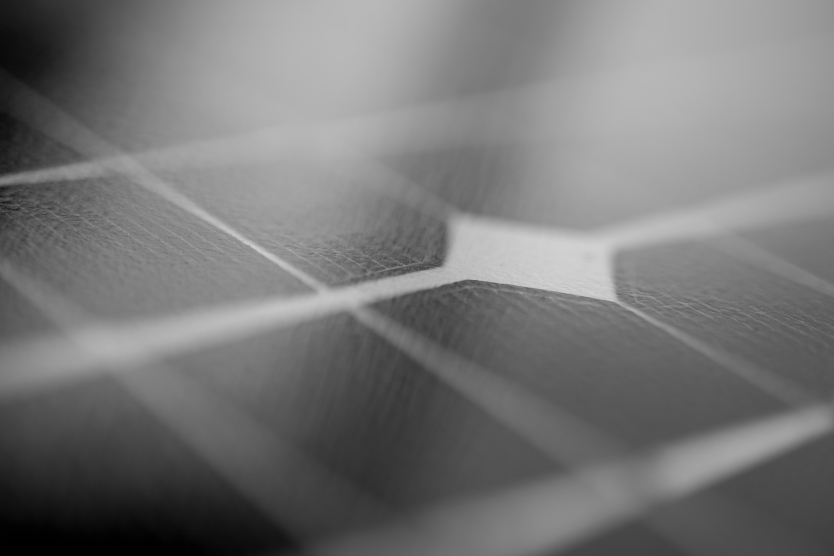
Two thousand photovoltaic modules are floating on a 6,800 square metre area on a lake in Salzwedel in Saxony-Anhalt.
© Pixabay
Floating photovoltaics will be used for the first time as part of a virtual power plant (VPP). A VPP is a network of decentralised power generating plants, such as wind farms, solar parks and Combined Heat and Power (CHP), connected by a central control system that can modulate between them to offer optimal flexibility to the grid.
The announcement came from the Cologne-based company Next Kraftwerke GmbH, one of the largest VPP operators in Europe. Construction of the floating solar plant, which has a peak output of 729 kilowatts, was undertaken by Solar WO Engineering GmbH and is operated by 7C Solar AG.
Two thousand photovoltaic modules are floating on a 6,800 square metre area on a lake in Salzwedel in Saxony-Anhalt. The site is owned by the Salzwedel Municipal Water Supply and Wastewater Treatment Association (VKWA) who use it for intermediate water storage. One of the key benefits of floating photovoltaic technology, apart from space efficiency, is the cooling effect the water has on the units, which enhances performance.
The market for floating PV systems is dynamic and growing. “We believe there is great potential for floating PV systems because they allow for area-neutral expansion,” says Florian Roeder, key account manager at Next Kraftwerke in an article to SolarServer. He explains that the control system does not distinguish between the type of plant, which means “the connection, data communication and forecasting for us is no different from other plants.”
The new Salzwedel solar plant will join a pool of 9,100 other decentralised regenerative electricity providers within the Next Pool, which has a fully-networked capacity of 7,800 megawatts.


